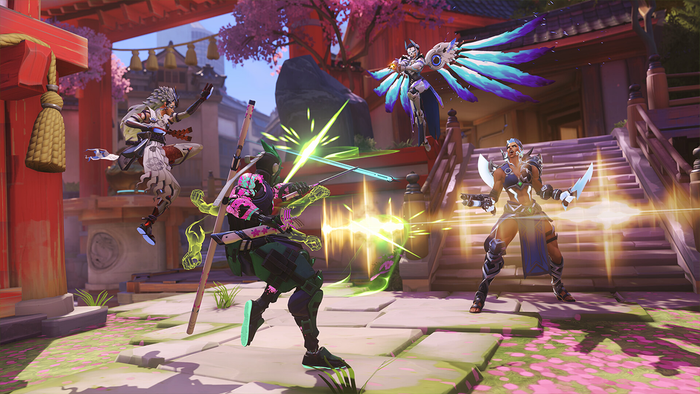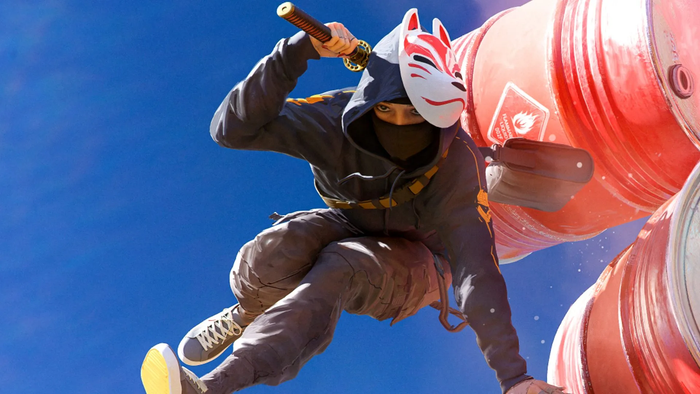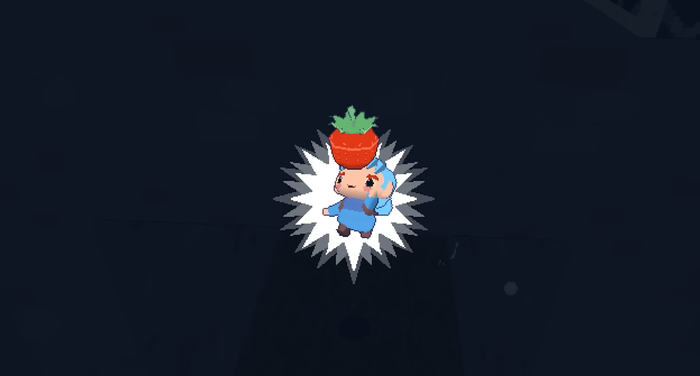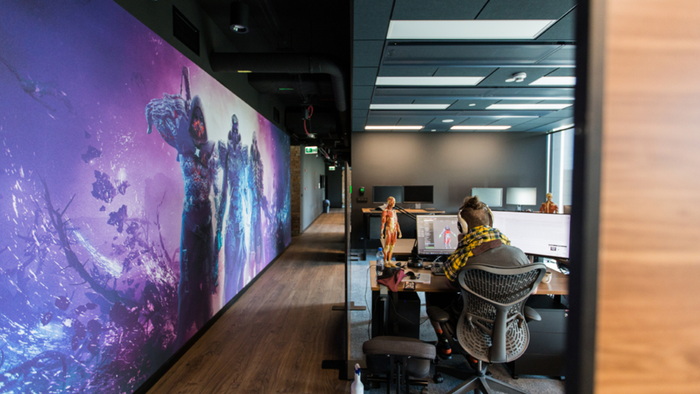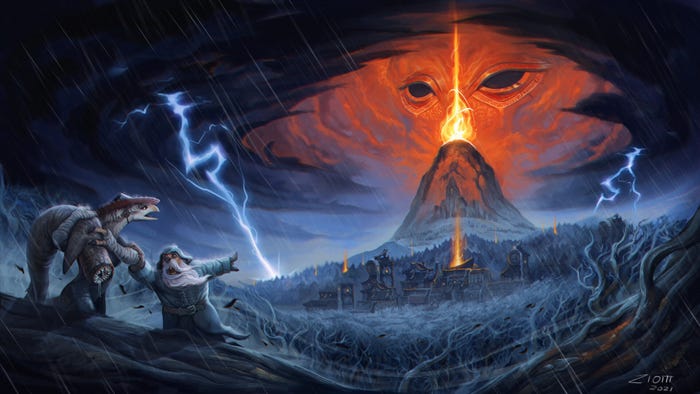
Featured Blog | This community-written post highlights the best of what the game industry has to offer. Read more like it on the Game Developer Blogs.
It was great to get out of our office for two days and focus solely on game development. I think we made three exciting games, each very different. It is surprising that all of the projects might be useful in some way in the future.

When Silicon Jelly released our game Mimpi Dreams two months ago, we started thinking about our next projects. Of course, there is a lot of work on a new level for Mimpi Dreams, and we also have some other prototypes we are already working on. However, we wanted to try to come up with some fresh new ideas and also to have some fun. I attended last 3 Global Game Jams, and I felt like it is something we wanted to do. So I suggested, “let’s make a 48 hours company game jam”. Everybody liked the idea, so we arranged a date and started thinking about ideas and teams.
We were able to make three fully playable prototypes during our game jam. I will introduce each one of them. It is interesting to note that all games were very different.
Some Notes About Event Organization
We started on Sunday around 7 pm, which turned out to be really good idea. Everyone was relaxed after the weekend (and some of us pumped up with energy from Anifilm festival), and I think it was better to start on Sunday then on Monday. On Monday, we would have to spend a whole day in the office before the start.
We ended on Tuesday afternoon around 5 pm.
We chose not to be in our office, and we moved a bit out of town to a hotel. That significantly helped the team to focus.
The only problem was with Internet connection that wasn’t very fast and there was also some firewall blocking game sites, which is something you probably don’t want when making games :)
We made three teams of two. Each of the teams was in their private room. I was afraid that it will be little antisocial, but it turned out we had a better focus on our work, and we still met each other for breakfast, lunch and dinner, which was enough. The last day we spent together in the same room which also helped with some catharsis, but the focus was worse than the day before.
We have just two programmers, so one team couldn’t program the game. But it didn’t matter as they could still make a paper prototype or something non-technical. They ended up with making an interactive game book.
We totally forgot to take a group photo.
Let's see what we created.
Constellation
I, as a programmer, was working with Vláďa Chalupa, our graphics artist. We wanted to make something more like a toy. We were discussing a lot and then I got an idea that it can be about finding star constellations. We were thinking about a game that can teach you how to find real constellations in the night sky. Vláďa started drawing first sketches, and I started coding star connections feature. I used my waypoint system from my Aniscience project, which saved several hours and sped up level design.
On midday Saturday, we had a basic prototype with some graphic. But we realized that it will not work for learning real constellations. The problem is that when you want to learn night sky topology, the shape of constellations is just one thing. Maybe more important is to know the mutual positions of objects in the sky. The majority of objects are above you, which is something you can solve easily in 3D, but we wanted to stay in 2D. And also, a lot of constellations don’t have an interesting shape. We came up with an idea for a game that can actually teach you, but it would have needed more research and someone who understood astronomy (which we didn't).

After that, we changed the design, so you need to find custom constellations, and you are looking for just one at a time. Vláďa prepared around 20 levels that went into the game, and I added ground and sky rotation which created a very nice effect. We were satisfied with the gameplay atmosphere, but we were missing some challenge. So we added a monster, that is hunting the main character, and you need to find next constellation before the monster reaches the character.
The game works as it is on iOS. If you are interested in trying the game, please get in touch with me on Twittert. We are now discussing if and how to work further on the game. Basic ideas are adding more levels, make it random, add some little story. There is also an option to use this game mechanic for a new level for Mimpi Dreams. But we will see.
Postapocalyptic Story

Our game designer Martin Vaňo was working with Bohumil Sodoma, who did all the great character animations in Mimpi Dreams. Since neither of them can code, they chose to make an interactive gamebook using Inklewriter online service. Inklewriter was developed by Inklestudios, and it was used to create their own games like '80 days' or 'Sorcery!' (in cooperation with Steve Jackson) or third party games, like Banner Saga by Stoic Studio. Inklewriter is an online tool for writing interactive stories with branching choices and basic logic. Everything is done online so you can just send a link to your friends who can immediately test it. Alternatively, you can download a .json file of the game and use it in your engine.
We wanted to test our ability to write a short interactive story, as it is a discipline in itself and it can be useful to Silicon Jelly’s other projects.
Guys decided to make a story based in the post-apocalyptic wasteland (which is Martin’s favorite theme) and created a whole interactive mini story full of drugs, violence, and humor. To be able to make the most of the time, they had to write in Czech, but if you have any friends in the Czech Republic, you can share this link with them:
https://writer.inklestudios.com/stories/22pf

Martin got a lot of experience using Inklewriter which is great because we are thinking about using some branching story in some of our other projects. Martin found some limitations of the service but generally, learned a lot about using logic, items and branching in interactive fiction. Despite its limits, Inklewriter has a big advantage - it is super easy to use, test and deploy. Also, as it turned out - there is a Unity plugin for integrating ink creations. Yay!
Conclusion
It was great to get out of our office for two days and focus solely on game development. I think we made three exciting games, each very different. It is surprising to me that all of the projects might be useful in some way in the future. Everybody enjoyed the event, and we are thinking about at least one other company game jam before the end of this year.
Read more about:
Featured BlogsAbout the Author(s)
You May Also Like


